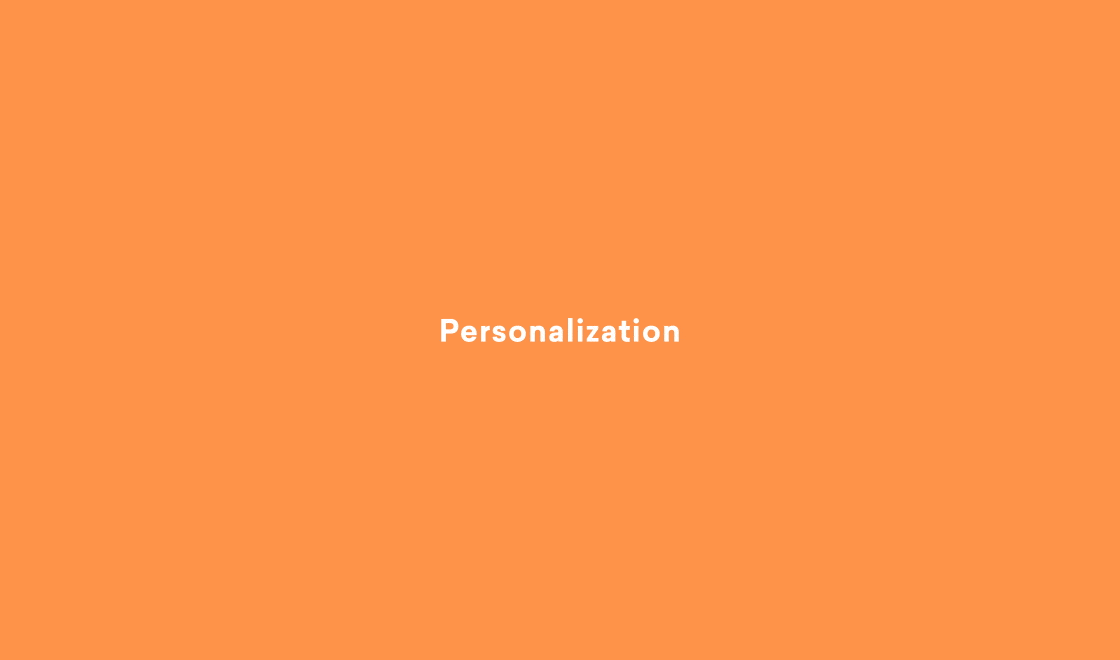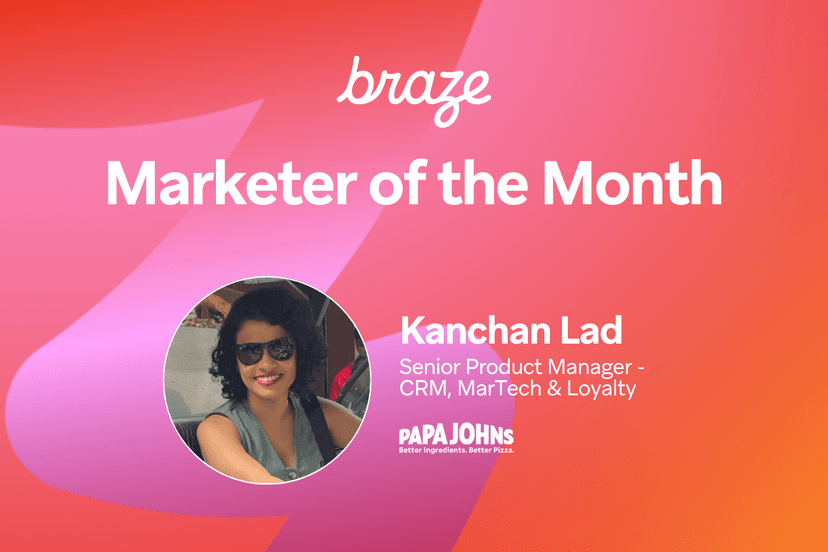Don’t Do It Just to Do It: Thoughtful Personalization and the Post-GDPR Landscape
Published on September 21, 2018/Last edited on September 21, 2018/3 min read


Todd Grennan
Content Production Principal, Content Marketing at BrazeFor many marketers, a lack of understanding around what personalization really is (and the concrete steps needed to get there) plays a major role in holding brands back from unlocking the considerable value of this essential strategy. That’s a big issue, especially in today’s fast-moving business environment.
But there’s another potential roadblock for brands. Even if you’ve got a customer engagement platform that’s built to support personalization and you’re a third-degree black belt in Liquid, if you don’t have your data house in order, you’re going to struggle.
Truthfully, a lot of brands are in a defensive crouch when it comes to data. Following the roll out of the European Union’s General Data Protection Regulation (GDPR) and the scandal around Cambridge Analytica’s use of Facebook data to influence elections in the U.S. and U.K., we’re seeing real changes in the ways that brands and consumers think about personal data and how it’s used. Mary Meeker of Kleiner Perkins has concluded that companies are stuck in a Privacy Paradox—they have customers who expect increasingly relevant, personalized experiences at the same time that brands’ access to data is becoming more limited.
The time has never been better to rethink how marketers approach privacy and personalization. It’s time to embrace consent as a fundamental component of personalization.
Rob Bronson
Movable Ink VP of Strategy
On the other hand, Rob Bronson, Movable Ink’s vice president of strategy, argues that, post-GPDR, “the time has never been better to rethink how marketers approach privacy and personalization. It’s time to embrace consent as a fundamental component of personalization.” The truth is, personalizing experiences for consumers based on information that they didn’t know they were sharing (or didn’t consent to share) was never a great foundation for strong customer/brand relationships—for one thing, it can make your brand look pretty creepy.
The fact is, the pre-GDPR approach to data collection that many companies embraced was never ideal, and in some cases touched off a short-sighted data collection arms race. “Previously, it wasn’t uncommon to send data to a giant warehouse even if you weren’t sure what you’re going to use it for,” said Bill Magnuson, Braze cofounder and CEO. “Now, there’s no point in collecting data you can’t use to send a message or personalize content."
Previously, it wasn’t uncommon to send data to a giant warehouse even if you weren’t sure what you’re going to use it for. Now, there’s no point in collecting data you can’t use to send a message or personalize content.
Bill Magnuson
Braze Cofounder and CEO
Here’s the key: first-party data collection that happens with your customers’ approval and on their terms is a solid foundation for a successful personalization strategy. Research conducted by Columbia Business School has found that 75% of consumers are willing to share their personal data with brands they trust—and one of the ways your brand can show that it’s trustworthy is by keeping your customers’ best interests in mind as you use their data. Thoughtful, effective personalization is an essential part of that equation.
Related Tags
Be Absolutely Engaging.™
Sign up for regular updates from Braze.


